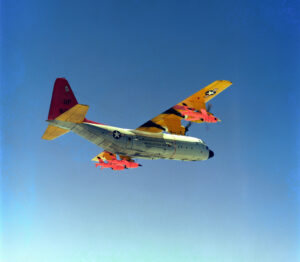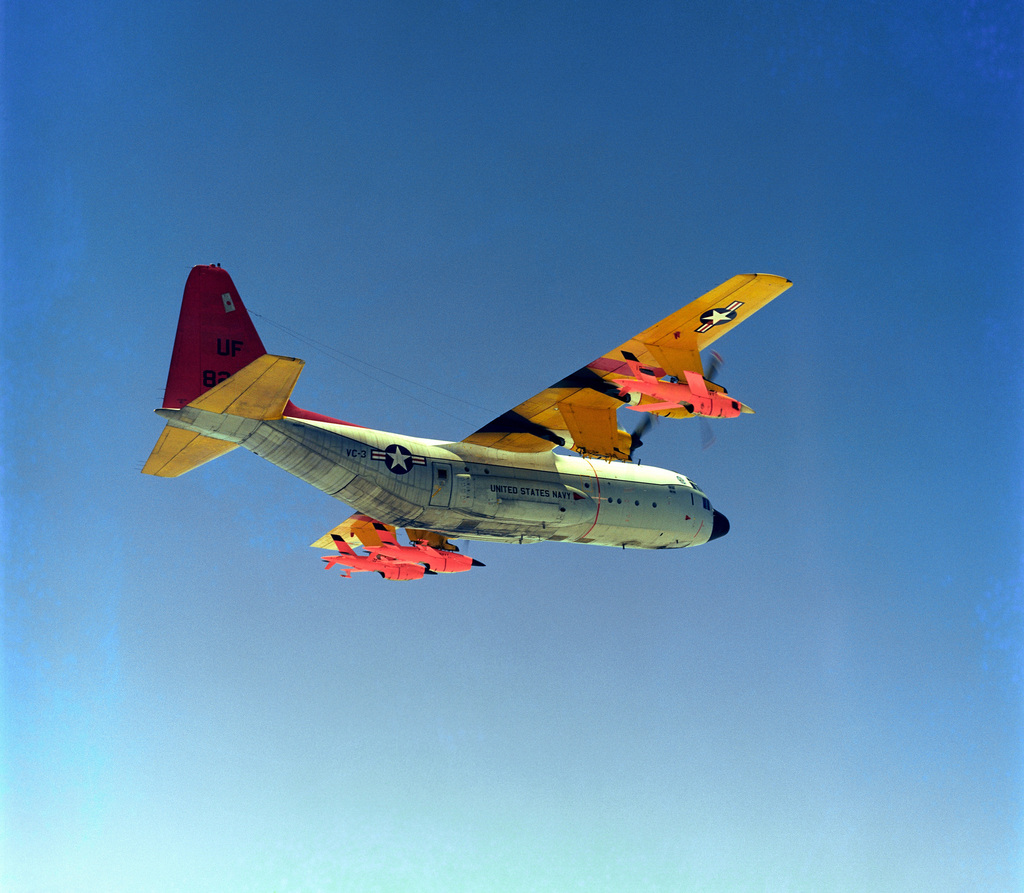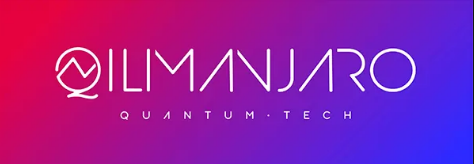
As quantum networking and quantum sensor technology improves, networks of quantum drones and quantum satellites are a real possibility, according to an international team of researchers. However, in a review of technological developments, the team said scientists and entrepreneurs that are exploring these opportunities may also face real technological challenges.
According to the researchers, who report their findings in IEEE, airborne craft that use quantum computation and quantum sensors could provide a range of services — from military to engineering to environmental monitoring.
“Quantum radars, sensors, and other objects can be integrated with drones or aircraft that can be useful in real-time applications,” the researchers write, adding “These sensors help track humans, tunnels, or various other objects. Thus, the feasibility of the quantum field with domain has made the exploration of those things which are either difficult to access or lies in remote area.”
Quantum sensors could also help with sustainability efforts, from producing cleaner energy to monitoring pollution.

The researchers write: “Quantum can help in identifying new catalysts that can reduce carbon dioxide in the air, environment-friendly fertilizers, energy production, and storage. The Quantum sensor attached to the drone can be directed to a particular location for carbon dioxide capture.”
Before quantum drones fill the sky and quantum satellites orbit in space, the researchers acknowledge that technical challenges await.
Among other challenges, there currently is lack of efficient devices, according to the researchers.
“Universal quantum computer devices from IBM, Google, and Intel appear genuine,” the researchers write. “However, there is typically a lower number of qubits available for usage due to error correction. So, nowadays, even an average laptop can use software tools to
simulate the functioning of 30–40 qubits.”
Quantum computers also face defects such as gate error, relaxation, dephasing, readout error and crosstalk. They added that currently there is a massive variation in performance of quantum algorithms across domains and applications. Quantum devices are also expensive compared to classical computer technology.
The team included Adarsh Kumar and Keshav Kaushik, of the University of Petroleum and Energy Studies; Surbhi Bhatia, of King Faisal University; S. Manjula Gandhi and Gayathri Devi, of Coimbatore Institute of Technology; Diego A. De K. Pacheco, of Aarhus University and Arwa Mashat, of King Abdulaziz University.
Hat tip to the Entangle community for this story idea.
If you found this article to be informative, you can explore more current quantum news here, exclusives, interviews, and podcasts.
















